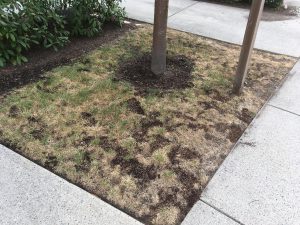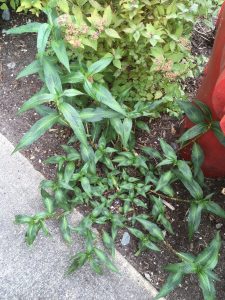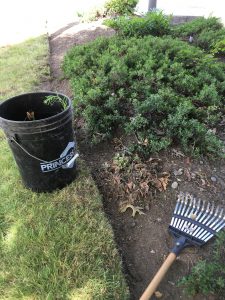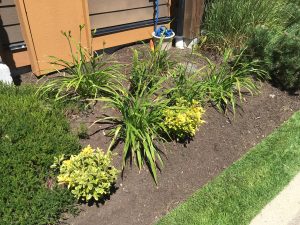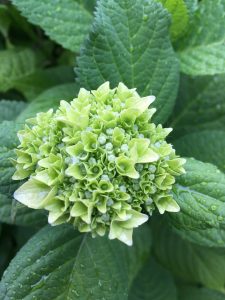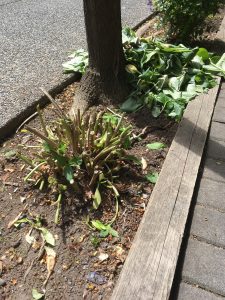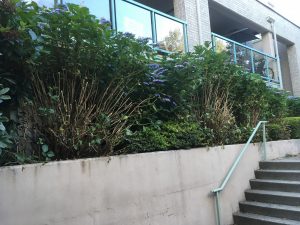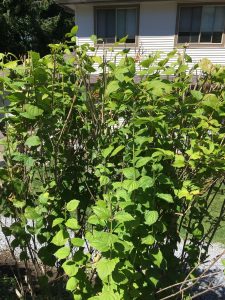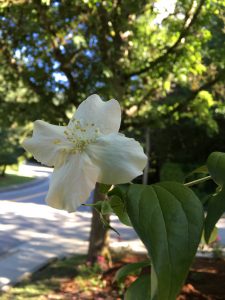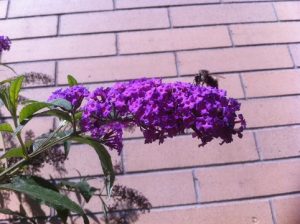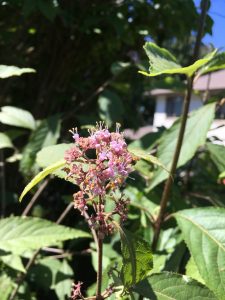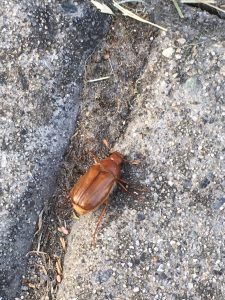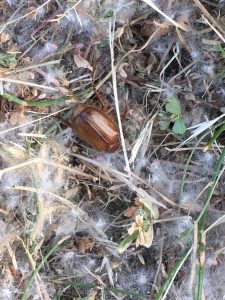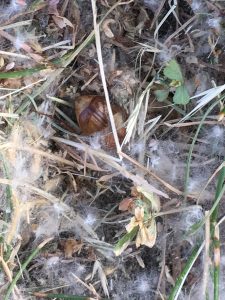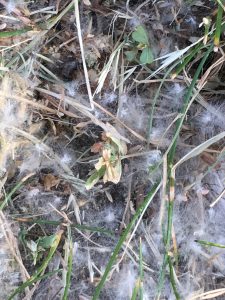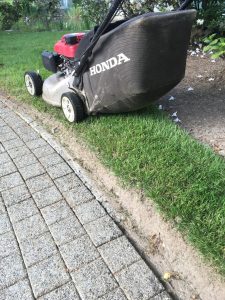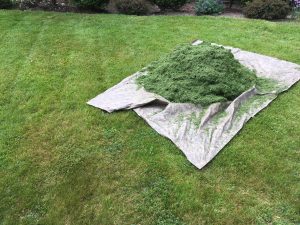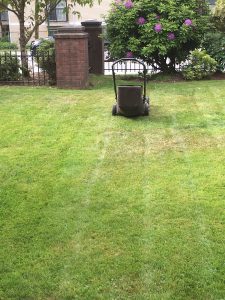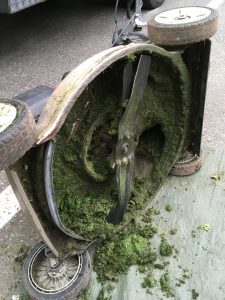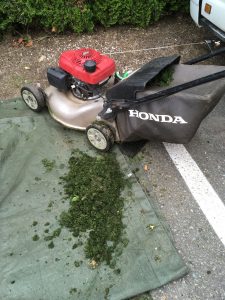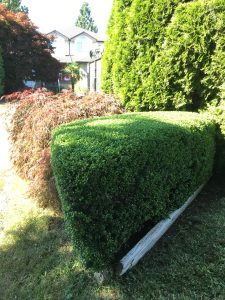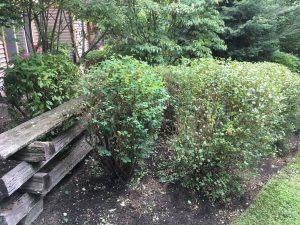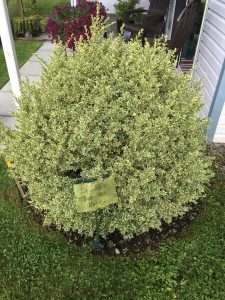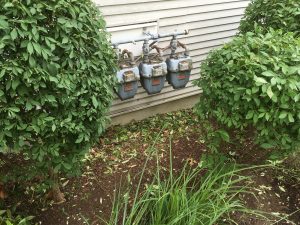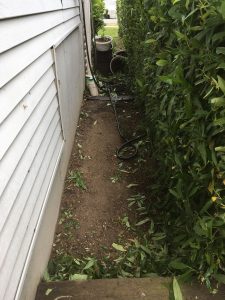I don’t normally buy the Vancouver Sun because they discontinued their garden column but a story last Friday caught my eye. The title read “Aphid secretions shower property with sticky goo.” Friday, August 3, 2018 Vancouver Sun.
The problem
I have some experience with this issue so I had fun reading about this East Vancouver case. Every summer aphids descend on tulip trees (Liriodendron tulipifera) and feed on their leaves. But since aphids can’t process sugars, they secrete them and the sticky honeydew lands on cars, driveways, etc. The affected couple in the story complained about having to wash their car and their difficulty of moving their baby carriage. The sticky honeydew also attracts wasps which freaks out most new parents.
The City of Vancouver allegedly once brought them ladybugs, the aphids’ natural predators. This is what amazed me in 2017 and inspired me to pen a blog post about it: people paying after-tax dollars for ladybugs in the store and releasing them on their trees. One major issue is telling the ladybugs to stay on your tree. Because they move around it’s not an effective tactic.
Solution?
In the past, the couple in the story purchased their own ladybugs “but it made little difference”. So now they want the city to spray or remove the tree. I believe that would be very harsh treatment for this beautiful tree because aside from the many ecosystem services it provides, it also has beautiful flowers.
Luckily, the City of Vancouver knows that removal would cost $1000.00 per tree plus extra costs for replanting. There isn’t enough budget for projects like this which is good news for the tree.
Conclusion
While I understand the hassle of sticky honeydew, let’s remember the many ecosystem services trees provide for free. I especially love the tulip tree flowers which come out as the trees leaf out. Complete removal because of aphids would be horrible. Perhaps a picture of one tulip tree flower will distract you from aphids and city help lines.




